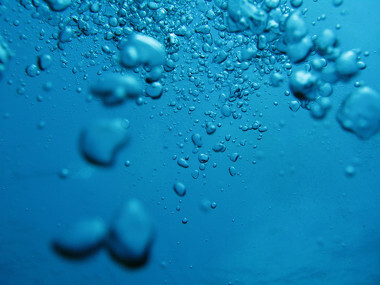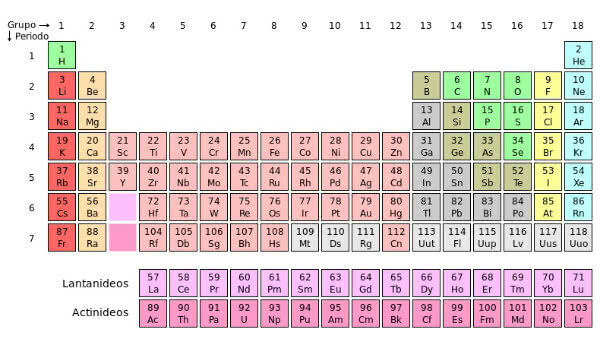THE thermal pollution or thermal pollution it occurs most commonly in water, but it can also occur in the air, as we will discuss later. It is the discharge of water at temperatures higher than the ambient conditions in rivers, seas and lakes.
The main source of thermal pollution is the nuclear power plants. Have you ever noticed that every nuclear power plant is built near a water source? In Brazil, for example, the Angra dos Reis nuclear plant is located on the coast of the state of Rio de Janeiro, that is, close to the sea.
This is because, in the plant's operating system, it is necessary to collect water from some source to cool the towers where nuclear fission reactions occur. The energy generated in the form of heat in nuclear fission reactions causes the water temperature to rise inside the reactor. A pump circulates this hot water to a steam generator, and this steam, in turn, drives a turbine, generating electrical energy.
After leaving the turbine, the steam passes through a heat exchanger that works as a condenser, where the steam is cooled and passes into the liquid phase. This condenser uses water from a natural external source that is located near the plant. The steam that has returned to a liquid state is routed to the main circuit, starting the whole process again. Although,
the water used to cool the condenser returns to its source, which can be a river, lake or sea.*In addition to nuclear plants, power plants and many industries also dump heated water into water bodies, causing thermal pollution. These industries heat water by using it in their production processes, such as to heat boilers and in cooling processes in refineries, steel mills and thermoelectric plants. Other industries that cause this type of water pollution are the chemical industries of paper and cellulose, petroleum refining and metal smelting.
But what can happen to the ecosystem of seas, rivers and lakes that receive heated water from plants and industries?
The main consequence of thermal water pollution is that the solubility of molecular oxygen (O2) in water decreases — a process that happens with every gas. Imagine, for example, a very cold soda with the can closed. In this case, it has a lot of carbon dioxide dissolved in it. However, when the soda heats up and we open the can, the gas that was dissolved is released due to the rise in temperature and pressure (because we opened the can).
Do not stop now... There's more after the advertising ;)
Thus, the increase in water temperature decreases the amount of dissolved oxygen, which it impairs the breathing of fish and other aquatic animals, which can lead to their death. To give you an idea, the amount of oxygen that dissolves at 0 °C (14.2 mg). L–1) is more than twice that which dissolves at 35 °C (7.0 mg. L–1).

Heating decreases the amount of dissolved oxygen in the water
In addition, the rise in water temperature also increases the speed of the reactions of other pollutants — if they are already present in the water — and affects the reproduction cycle of some species, decreasing their life span.
In the seas, thermal pollution can cause the death of corals, which are colonies of animals and plants from the marine world that harbor extraordinary biodiversity and productivity. The warm waters cause the corals to contract, which start to suffocate the algae inside them. These, in turn, release toxins to force the coral to expel them. Hence, they get sick and white in color. If the sea temperature doesn't return to normal, they eventually die.
Another consequence of thermal water pollution is that the increase in water temperature above the normal tolerated by the ecosystem can accelerate the development of bacteria and fungi, which, in turn, can cause disease in fish and other marine species.
Despite this large number of undesirable effects on aquatic ecosystems, thermal pollution has little effect on water potability.
As we mentioned at the beginning of this article, despite being less common, there is also thermal pollution air, which occurs mainly when industries release large amounts of water vapor into the atmosphere.
Among the possible consequences of thermal air pollution is the fact that if there is little air dispersion, death of birds, insects and even some more sensitive plant species.
Thus, it is necessary that industries and electricity generating plants treat the water and air before releasing them into the environment so that they have a temperature close to the environment.
*If you want to better understand how energy is produced in a nuclear power plant, read the text Nuclear reactor.
By Jennifer Fogaça
Graduated in Chemistry


